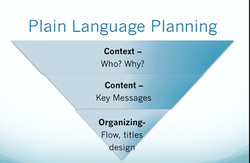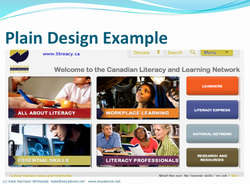Do blogs really need subheads?
How do I grab readers' attention with subheads?
- Be creative. Simple subheads that repeat the opening line or simply restate the topic don’t work.
- Use words like ‘benefits’, ‘successful’ and ‘proven’ to entice the reader. Spoiler alert subheads just give away the topic and readers are likely to scan and move on.
- Make it easy for readers to understand your message. Too-smart subheads, full of lingo, may sound good but they aren’t great for keeping readers involved.
Examples
Before: Becoming a freelance writer
After: Why becoming a freelancer was a great idea
The ‘before’ example is simply a regurgitation of the topic that follows.
The ‘after’ example raises interest, makes the reader curious, has readability.
What are the secret ingredients of cooking up great subheads?
- Gets the reader curious, wanting to know more.
- Uses the element of surprise, makes it memorable.
- Shows your personality, makes connections.
- Shares emotions, is real.
I enjoyed this refresher, and hope you did too.
Kate
[email protected]


 RSS Feed
RSS Feed
